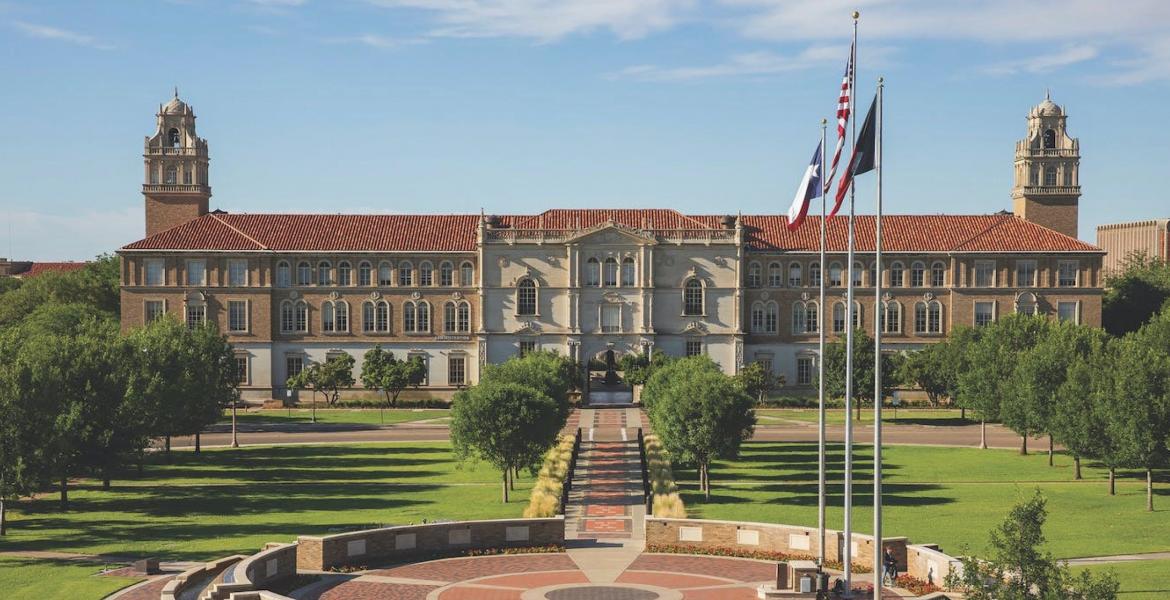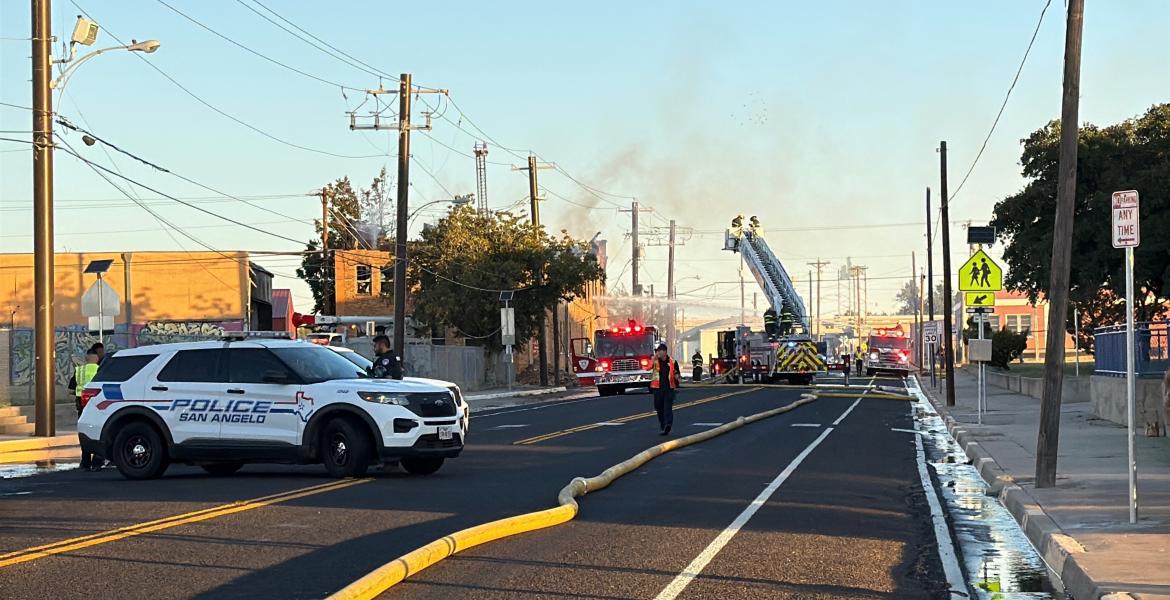Legislation aimed at providing property tax relief to homeowners may end up costing a rural Tom Green County school district $1.133 million over the next five years their superintendent warned.
In November, Texas voters are expected to approve, via a ballot referendum, increasing the mandatory statewide homestead exemption from $15,000 to $25,000. SB 1 and SJR 1 placed the measure on the ballot in the last session of the Texas Legislature. But the increased statewide exemption, when combined with an additional local homestead exemption exclusive in Christoval ISD’s taxing jurisdiction, may leave that school district poor.
Christoval ISD is the only remaining ISD in the county that offers an additional homestead exemption, called the Local Option Homestead Exemption (LOHE). CISD homeowners enjoy an additional 20 percent markdown of their homes’ appraised value, and that lowers the property tax bill somewhat. It also significantly lowers the amount of money the state sends to the CISD for its operations.
State Rep. Drew Darby explained Monday that several years ago, when he was comparing state money and benefits flowing from the state to different ISDs in Texas, San Angelo ISD always seemed to get the short end of the stick. He had a school finance expert look at it. “Everything we weren’t getting in San Angelo was traced back to the LOHE that the SAISD had on the books at the time,” Darby said. San Angelo ISD repealed the LOHE in 2011. It raised the tax bill for homeowners, but the school district reaped a gain of $5 to $7 million additional money per year from the state.
Christoval ISD hung on to the LOHE, though. CISD Superintendent David Walker estimates that of the 1,021 school districts in Texas, fewer than 220 districts still have the LOHE. Walker claims that the remaining 220 districts are moving to eliminate the LOHE now before the door is closed forever.
With the proposed increase of the mandatory statewide homestead exemption from $15,000 to $25,000, the language of the legislation will lock-in the LOHE for at least the next five years. The combination of the increased state homestead and LOHE may have some in CISD with property with almost no value on the property tax rolls.
For example, a home appraised for $40,000 within the CISD’s jurisdiction would automatically be appraised at just $15,000 after taking the $25,000 mandatory state homestead exemption. Then the LOHE’s 20 percent exemption drops the home’s value an additional $10,000 (20 percent) to just $5,000.
Here’s the math for middle class homesteads within the CISD: For a home valued by the Tom Green County Appraisal District at $100,000, under the new homestead exemption plus the LOHE, the property tax only applies to $55,000 of the value, and a $500,000 home is taxed on just $375,000 of its value.
For the CISD, the schools there—an elementary school and a combined middle school and high school campus—will be missing not only money from direct tax collections, but also money from the state because of CISD homeowners’ lower contribution to their schools.
Written into the SB 1/SJR 1 legislation is language that freezes the LOHE in place for at least five years. Walker suggests that it could be forever. Also, the CISD Maintenance and Operations (M&O) property tax rate is already the highest allowed by state law, at 1.7 percent. Walker argues that the pending approval of SB 1/SJR 1 will severely limit CISD’s ability to fund its operations into the future.
This is why Walker wants to have a school board meeting as soon as possible to get rid of the LOHE.
Over at the Tom Green County Appraisal District, Senior Appraiser Brad Wells explained that all of the other ISDs managed by the TCGAD have eliminated the LOHE. Therefore the SB 1 and SJR 1 will have less impact on their school funding.
State Rep. Drew Darby said Monday afternoon that the intent of the SB 1 /SJR 1 legislation is to provide some property tax relief to homeowners until their appraised values on their homes are raised above the increased exemption. It’s not a tax credit, Darby stressed.
Darby said that in the the last legislative session, the Texas House attempted to reform all of school financing, and budgeted $3 billion to do away with the current funding formulas, he said. But the Texas Senate didn’t take the House up on the offer. Instead, the House settled to increase school funding $1.5 billion for increases in operations expenses and an additional $2.5 billion to handle the increase in student populations in Texas school districts.
At the San Angelo ISD, Assistant Superintendent of Business Support Services Dr. Jeff Bright who manages the large ISD’s finances said that the district’s decision to eliminate the LOHE in 2011 was a good one. Since that move, the SAISD has received more state funding of $5 to $7 million annually, and has been able to keep its tax rate the lowest in the county. SAISD’s M&O tax rate currently is at 1.04 percent versus 1.17 percent at the outlying, smaller districts like Wall and Christoval. “We’re doing well,” Bright explained when asked about his ISD’s cash flow position. “You have to keep personnel expenses in check. Don’t get overstaffed.” Bright does not expect to need to ask for more money, or to raise the SAISD tax rate in the near future. “I think we’re too soon out of the last bond election for the voters to approve a rate hike anyway,” Bright said.
For Walker and Christoval ISD, the clock is ticking, and depending upon how one reads the language of SB 1, the window of opportunity to eliminate the LOHE may already be shut. Walker said with his board’s permission, he’s going to try, and hired an Austin law firm, Ray & Wood, to make the district’s case.
For those 65 and older, state law mandates that your property tax rate be locked at the last rate you had on your 65th birthday. Seniors are exempt from any tax rate increases.
Subscribe to the LIVE! Daily
Required






Comments
Listed By: Martin Farris
The real problem that the rural districts have is not insufficient revenue, but excessive administrative costs caused by lack of economies of scale. I ran for Wall School Board last year, and did quite a bit of research on school finance at the time.
Using 2012-2013 financial data SAISD only spent $172/student on General Administration. Contrast that with the $325 Wall spent, $588 Christoval spent, $495 Grape Creek spent, $1,035 Irion County spent, $1,029 Veribest spent, and $947 Water Valley spent, and you get a different picture. If these districts were to merge and reduce just their General Administration expenses to what SAISD spends per student they would have saved $1,394,803 in 2012-2013. Their total local tax revenue (net of the $5,300,000 Irion County sends back to the state as a "property rich" district) is only $11,005,144. They could cut their tax rates by 12.7% or increase funding for other programs just by merging.
By merging the new entity would also no longer be a "property rich" district, and the $5,300,000 Irion County is sending to poor districts outside the area would stay here. That money could be used to restore LOHE to all local taxpayers, fund school improvements, increase instructional funding, etc.
The rural taxpayers are getting what they vote for, and can change it anytime.
- Log in or register to post comments
PermalinkPost a comment to this article here: